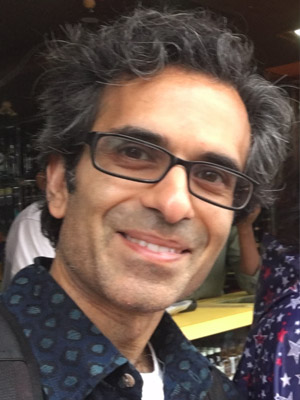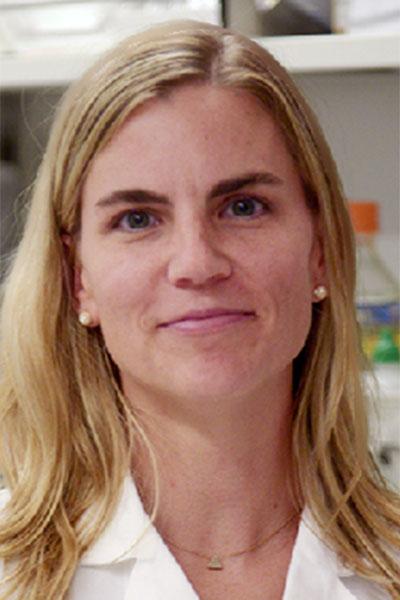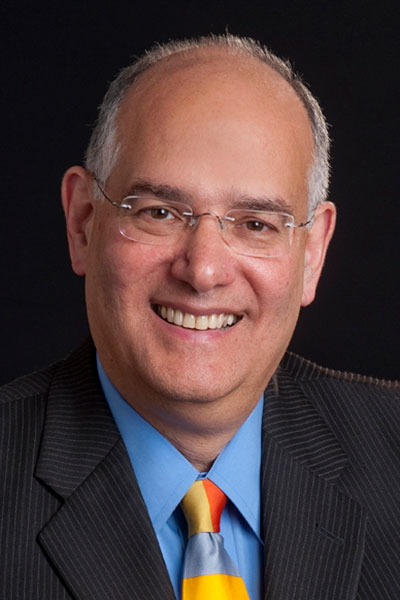
The second phase of the Accelerating Medicines Partnership (AMP) is changing the way researchers look at rheumatoid arthritis. Deeper clinical, histological, and molecular data integrated across samples and between modalities has identified new cell types in RA pathogenesis and suggested novel clinical targets.
“There is a wide variety of cell types that come into play in inflamed synovial tissue,” said Soumya Raychaudhuri, MD, PhD, professor of medicine, Harvard Medical School and JS Coblyn and MB Brenner Distinguished Chair and director, Brigham & Women’s Hospital Center for Data Sciences. “We are seeing that the type of T cell that dominates has an effect on the type of pathology.”
Dr. Raychaudhuri opened the basic science session Molecular Insights from the Accelerating Medicines Partnership (AMP): Rheumatoid Arthritis. Registered ACR Convergence 2020 attendees have on-demand online video access to watch a replay through Wednesday, March 11, 2021.
Phase 2 research is based on 80 samples and more than 500,000 single-cell RNA sequences from three patient groups. One group was DMARD naïve or had minimal exposure, one responded inadequately to methotrexate, and one responded inadequately to TNF inhibitors.

New basic findings in cell populations and subtypes in RA synovial tissue are making it possible to link elements such as clinical variation in disease activity, serostatus, pathotype, and medication exposure as well as changes in disease activity following treatment and changes in treatment, said Vivian P. Bykerk, MD, professor of medicine at Weill Cornell Medical College. AMP Phase 2 findings are already suggesting possible new clinical targets.
“Our current clinical reality is not satisfactory,” she said. “We rarely get full, sustained remission. AMP is showing us that clinical phenomena can be evaluated in the context of molecular features and inform us on treatment alternatives.”
RA synovial macrophages are an example of how quickly AMP phase 2 is accelerating knowledge. Early AMP work identified four subsets of RA synovial macrophages from 10 patients, pro-inflammatory, phagocytic, quiescent, and IFN-activated.
Phase 2 has expanded from four subsets of macrophages to 14 subsets of myeloid cells: monocytes, macrophages, conventional dendritic cells (cDC), and plasmacytoid dendritic cells (pDC).

“Different types are associated with different disease features,” said Laura Donlin, PhD, assistant professor, Hospital for Special Surgery Research Institute and Weill Cornell Medical College. “There may be associations with patient response to treatment.”
There may also be associations with treatment targets. Phase 2 used high dimensional analysis to expand four known synovial fibroblast types to nine across different physical locations in the synovium.
Sublining fibroblast populations are positive for CCL19, a chemokine that attracts T cells, and NOTCH3, a notch receptor that mediates cell differentiation, said Kevin Wei, MD, PhD, instructor in medicine, Harvard Medical School and Brigham and Women’s Hospital.
Both are associated with synovitis and lymphocyte infiltration, and fibroblast Notch3 signaling is upregulated in RA.

Macrophages and fibroblasts are among the most important inflammatory cells in RA, with both pro- and anti-inflammatory subtypes present, reported Michael Brenner, MD, Theodore Bevier Bayles Professor of Medicine and Director of the Human Immunology Center at Brigham and Women’s Hospital. In RA, anti-inflammatory macrophages associate with disease remission and resistance to flare.
Notch3 signaling drives fibroblast differentiation in the synovial sublining and is required for inflammatory arthritis, he said. Blocking Notch3 signaling by genetic knockout or an anti-Notch3 antibody reduces inflammation in mouse models.
But many of the nine fibroblast populations seen in RA do not yet have clear functions and roles. Like macrophages, some subsets may have reparative or anti-inflammatory activity.


